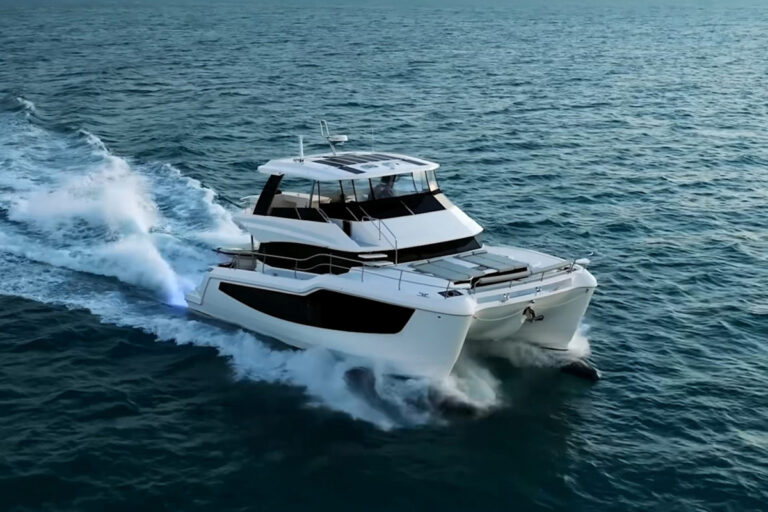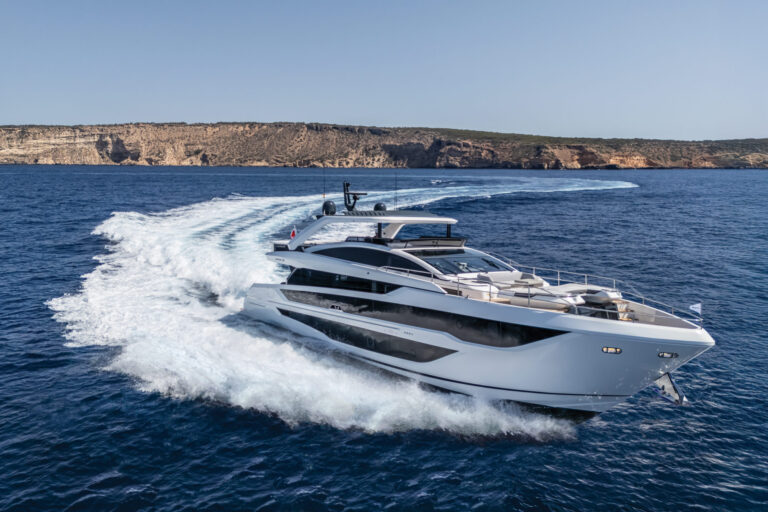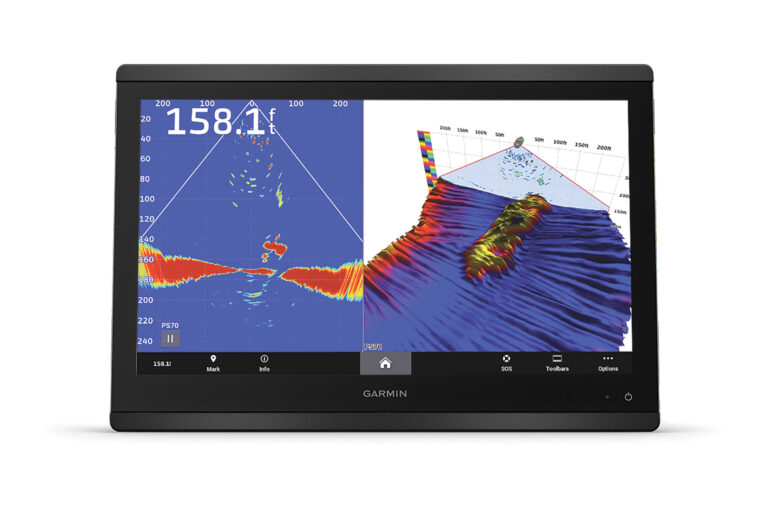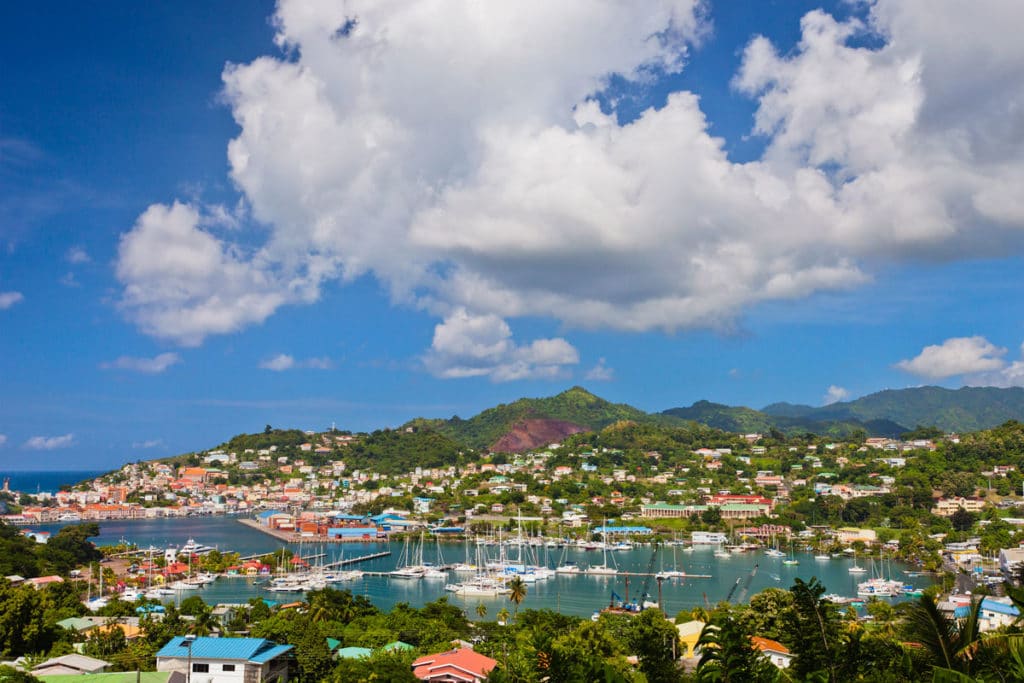
Despite roving the Eastern Caribbean since 1993, I have yet to select my favorite island, my favorite restaurant or even favorite anchorage in these glorious waters-so choosing 10 all-time favorite dive sites was never going to be an easy task. Reading back through my dive log, while bringing back fond memories, hardly helped to winnow my short list. For one thing, the criteria could be so tricky. Dive a site one day and it can be marvelous, the best ever-and then you go back a week later only to find conditions entirely different. In the end, reliability became a key factor, leading to a preponderance of wreck dives in this selection-they seldom dissatisfy. And because diving, like skiing, calls for a suitably aesthetic approach to conditions above the surface, especially for those on your yacht who may choose to stay dry, we’ve rated each selection’s scene.
Bianca C, St. George’s, Grenada
The 600-foot Bianca C was never a lucky ship. In 1961, two years after a refit as a luxury cruise liner, she caught fire in St. George’s Harbour and subsequently sank in the bay. Lying in 90 to 160 feet of water, she is one of the most exciting and exhilarating dives in the Caribbean. In such deep water it is possible to explore without decompression diving, but only for a very limited period; to really enjoy her requires more than one visit, and a local guide is essential. The ship is invisible from the surface; divers sink down some 40 feet or more before she finally materializes in impressive fashion, sitting upright on the sea bed. Proof that the sea is a harsh mistress comes from the sight of upper decks slowly compacting down onto the lower, especially behind the bridge by the swimming pool-which is where divers love to sit.
THE SCENE: Hurricane Ivan hit Grenada hard but fortunately left dive sites unscathed. AprËs-dive in Grenada is enjoyable with a plentiful supply of beach bars; try sitting in the Nutmeg above the harbor in St. George’s while enjoying a large well-earned bowl of its signature ice cream.
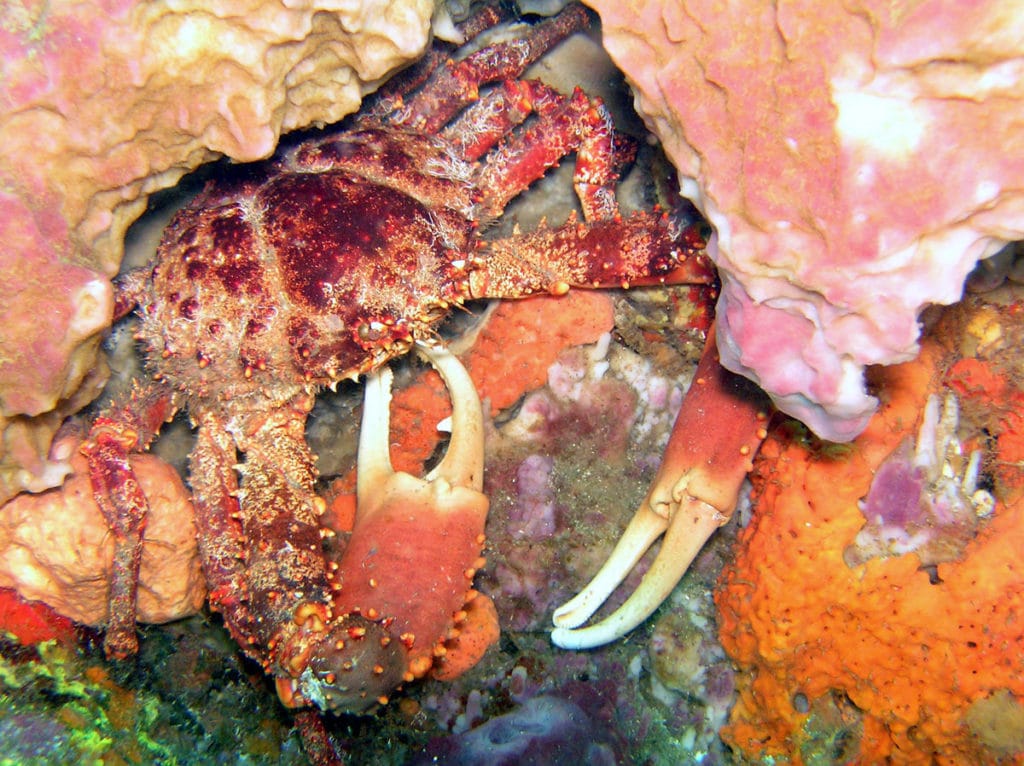
Chikuzen, BVI
A 246-foot Korean refrigerator vessel based in St. Maarten, Chikuzen sank about 7 miles northwest of Tortola in 80 feet of water. There, surrounded by miles of sand, she is the only suitable place for marine life to congregate. Though normally marked by a buoy, it is essential to have the GPS coordinates to find this site. Finding it is not the only problem: The ex-posed location can make the dive tricky or at worst impossible. Finally, it is for experienced divers only. Yet when conditions are right, this is a wreck dive not to miss; even though the ship cannot be penetrated, the site attracts a number of huge fish, including a resident 600-lb. jewfish. Descent usually involves negotiating huge schools of barracuda (which can sometimes be unnerving, or thrilling, depending on your tolerance for being eyed as prey). Jacks, snapper, rays, nurse sharks and black-tipped reef sharks are all regular visitors. One memorable dive here came complete with whale song; the eerie sounds made the whole dive magical.
THE SCENE: Access the site from the Pussers anchorage at Marina Cay, just off the northeastern end of Tortola, but be sure to get back ashore at sunset for Pain Killers-rum cocktails designed for a thirsty diver.
The Indians, Norman Island, BVI
Resembling an Indian headdress, the four rocks that emerge from the water gave this site its name, and it never fails to provide an enjoyable dive for novice and experienced divers alike. Additionally, the site is great for snorkeling and it’s fun to wave to the non-divers from the depths down below. Mostly the dive is in shallow water, with one section at only 5 feet, calling for especially good buoyancy control. The shallow nature of the site offers the bonus of affording most divers plenty of time to enjoy a circuit on just one tank of air. There is beautiful coral and innumerable species of reef fish and the cliff walls are draped with a variety of marine life forms. Added excitement comes from a small cave lit from an overhead hole making a dive light unnecessary and a tunnel offering a fun swim through. Be careful when surfacing, though; boats pass overhead frequently.
THE SCENE: The Indians is a short distance from Peter Island and the Little Harbour anchorage, an all-time favorite in these islands. Walk ashore in casual but smart dress to the Peter Island Resort and enjoy the best cocktails in the Caribbean.
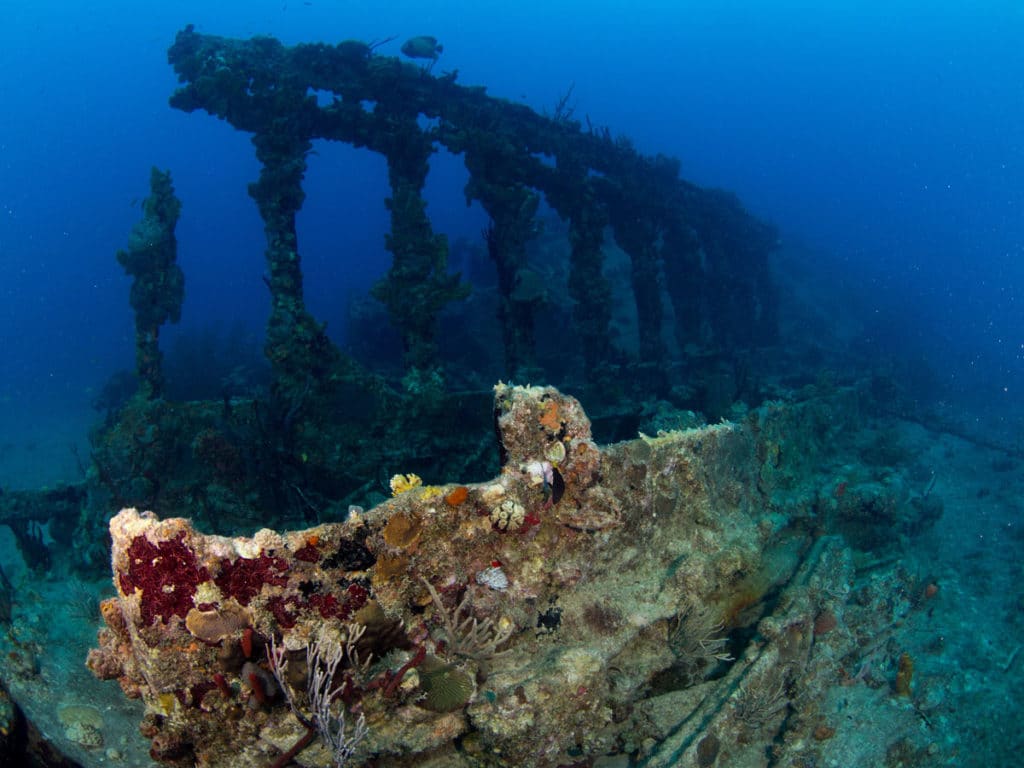
Inganess Bay, Cooper Island, BVI
Easily accessible from the anchorage by dinghy, the wreck of Inganess Bay calls for an early morning visit before other divers have affected visibility. The ship was an inter-island trader purposely sunk in 1996 in the channel between Cooper and Salt Islands and lies in 55 to 80 feet of water. I have been diving the site from that day to this. Though initially short on sea life, she had been prepared so well it was possible to penetrate inside the accommodation areas as well as go into the bridge and empty engine room. When Hurricane George struck the area in 1998, however, it turned the ship some 90 degrees and destroyed a large portion of her superstructure amidships and around the bridge. Even though it is no longer possible to penetrate far into the wreck, this remains one of my favorite dives and is always popular with students. She has matured to become a focal point for jacks, mackerel, barracuda and occasionally stingrays.
THE SCENE: AprËs-dive nightclubbing is not appropriate on Cooper Island, but it’s the perfect place to get a great sunset cocktail or meal on the beach without needing to dress up.
RMS Rhone, Salt Island, BVI
The Royal Mail Steamer Rhone is the most celebrated dive site in the BVI and one of the world’s best wreck dives. Arrive before 8 a.m. to enjoy the site at its best, as it is very popular. In fact, no trip to the BVI would be complete without a couple of visits. Rhone lies where she sank, close by the shore of Salt Island, the victim of a late hurricane in October 1867. Much of the wreck remains accessible, including the decking, parts of the rigging, the steam engine and the propeller, in waters between 30 and 80 feet deep. Currents and swells can occasionally be a problem. The site is within a National Park: Nothing may be removed from the area and no anchoring is permitted, but mooring buoys are available. This wise protection has had the added benefit of preserving perhaps the richest sea life of any dive site in the area, as well as the actual ship. All common reef dwellers are in abundance, in-cluding schools of snappers, sergeant majors and a cruising barracuda or two. The wreck was used as a set for the movie The Deep and makes an ideal two-tank dive for experienced divers visiting first the bow and then the mid-section and stern. Boats regularly crisscross the site, so it is very important to use a line for ascent or descent and to be extra careful when surfacing. The bow, in 70 to 80 feet of water, is mostly intact and is best reached using one of the mooring lines nearby to maximize time underwater. Take a dive light: The cavernous interior can be entered to view coral encrustations along with many fish, eels, lobsters and crabs. The stern is more broken up and lies in 25 to 60 feet of water; parts such as the massive propeller are shallow enough to be enjoyed by snorkelers. Finally, look for the silver spoon supposedly belonging to the captain.
THE SCENE: The BVI have ample outlets for replenishment; you won’t go hungry or thirsty here.
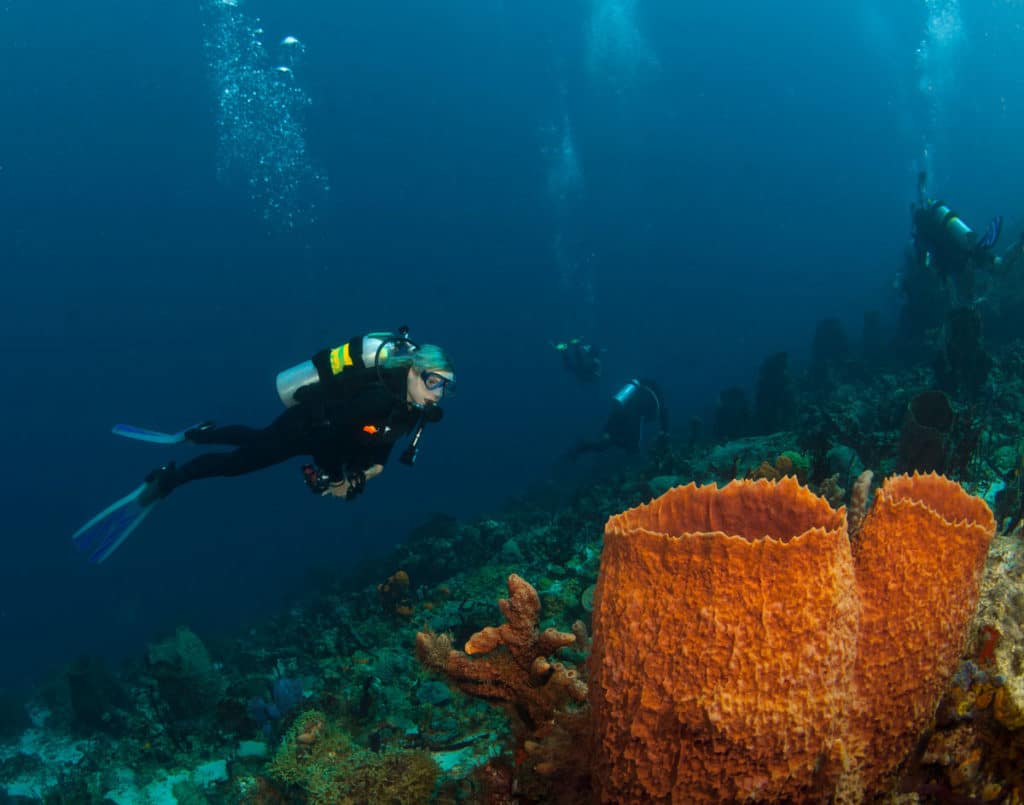
Japanese Garden, Speyside, Tobago
At times the effluence from the Orinoco River in South America, brought to Tobago by the Guyana Current, may adversely affect underwater visibility in Tobago. However, it is these same nutrients that provide sustenance to the reefs, giving a wonderful variety of healthy coral, invertebrate and fish life. Diving here can be extremely exciting with wild drift dives, and Japanese Gardens is a perfect example. Sometimes this site offers a gentle drift with plenty to see, while at spring tides, it can be a very different, even wild and thrilling, experience. Whatever the time of month, Japanese Gardens offers a very rewarding time. The dive starts at one end of Goat Island with swimming over a reef covered with corals and sponges, swarming with sea life; this is what makes it easy to imagine an oriental garden (and explains the name). As the current picks up, it is important to stay close to the reef and secure any loose gear. An exciting turn at a depth of 45 feet leads you through a rock passage at high speed; you can hold your arms out like Superman and enjoy the closest you will get to flying.
THE SCENE: Visit Tobago in April or May and be prepared to stay up all night watching the truly magical experience of witnessing leatherback turtles laying eggs on the beach.
 |
Subscribe Now and Save 80% |
Pillars of Hercules, English Harbour, Antigua
The wonderful beaches, historical sites and nightlife ashore make Antigua, although not known for stunning diving, a great island for mixed groups of divers and non-divers. Just outside the entrance to English Harbour, the dive site is named for the cliff face, which has been sculpted into columns resembling the entrance to a Greek temple. Many a student has enjoyed a first dive, a refresher course or introduction to night diving here. Underwater the area is strewn with rocks and boulders, and there is plenty of time to explore because the dive profile is shallow. The sea life may not be as abundant as in some sites, but it is all there to see if you take your time and look carefully.
THE SCENE: AprËs-dive must include a visit to Shirley Heights Lookout high above English Harbour. On Sunday the party here starts with a steel band at 4 p.m., followed later by reggae, barbecues, lots of fun and a glorious sunset view.
Pinnacles, Soufriere, St. Lucia
The dramatic Pitons in St. Lucia are two spectacular peaks rising to 2,600 feet above the surface, and below the water the steep slopes plunge into the depths. Soufriere has many excellent dive sites; my favorite is the Pinnacles. Underwater, four pinnacles reach up toward, but never quite reach, the surface. There is an abundance of coral, numerous fish and always at least one eel at home amongst the crevices. The deep drop-off-and sometimes strong current-means that good buoyancy control is essential here.
THE SCENE: Nearby lies the town of Soufriere. From here it is a short walk to the island's delightful botanical gardens and one of the best ways to relax in the Caribbean-a sulfur bath in water perfectly heated by the nearby volcano.
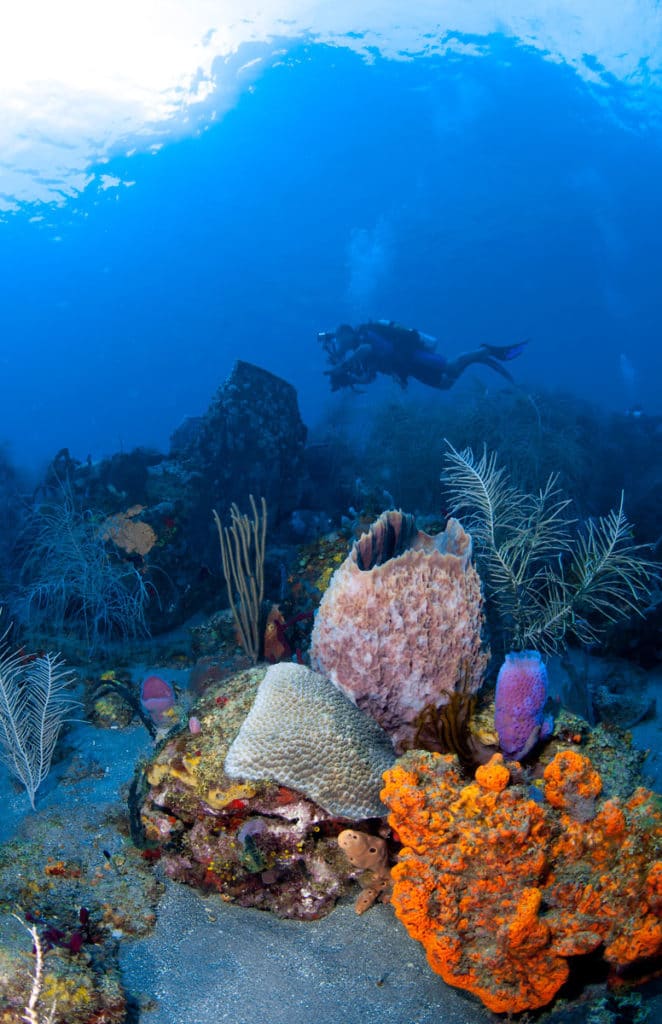
Lesleen M, Anse Cochon, St. Lucia
The wreck of the Lesleen M, an easy dive, is the ideal introduction to the delights of wreck diving, as well as being an excellent site for underwater photography and a rewarding night dive. This 165-foot coastal freighter was sunk in 1986 in the bay to provide an artificial reef; she lies in 40 to 60 feet of water on sand and both her engine room and hold can be penetrated. Covered with hard and soft corals, sponges and hydroids, Lesleen provides an ideal habitat for many juvenile reef fishes. Turtles, barracuda, eels and octopus also frequent the wreck. The bay is popular with coastal boat excursions so to enjoy the site undisturbed, it is best visited in the early morning.
THE SCENE: Except in extraordinarily calm weather, Anse Cochon is considered a daytime anchorage, so retire to the secure and beautiful nearby Marigot Bay for the night and a hearty meal at one of the local restaurants ashore.
The Sisters, Tobago
A line of five rock pinnacles rising out of the water, The Sisters lie just one and a half miles off the coast, south of Man of War Bay. The impressive spires plunge down to about 120 feet and offer a multitude of dive combinations depending upon personal skills and sea conditions. Underwater rocks are encrusted with a low-profile reef growth of flattened brain and star coral formations, and a maze of canyons with alpine-like slopes. Manta rays, not as common as they were a few years ago, are still around and this is a site where you may see them. Keep a good lookout in all directions: Look up to get a feel for the enormity of the landscape; look around to spot mantas, eagle rays, barracuda and sharks; and, of course, down at the reef for the rich fish life, eels and occasionally a turtle or two.
THE SCENE: Tobago is an island to enjoy for its natural beauty and the anchorage of Man of War Bay is a favorite spot. As dusk falls, relax, watch glow worms with an aperitif in hand, and listen to the parrots in the rainforest that come down to the water's edge.





